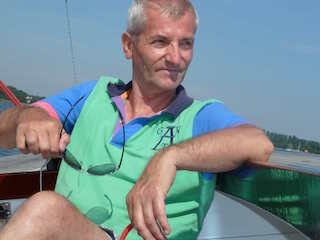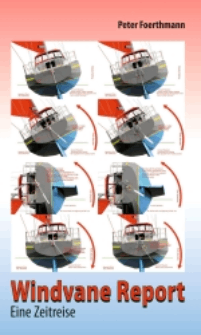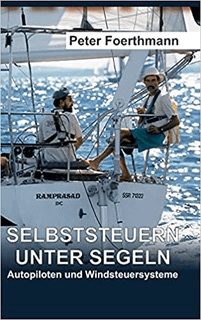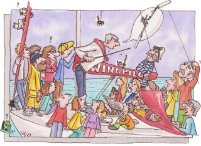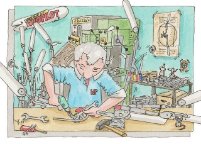CRUISING TIPS FROM A ROUND-THE-WORLD RACER
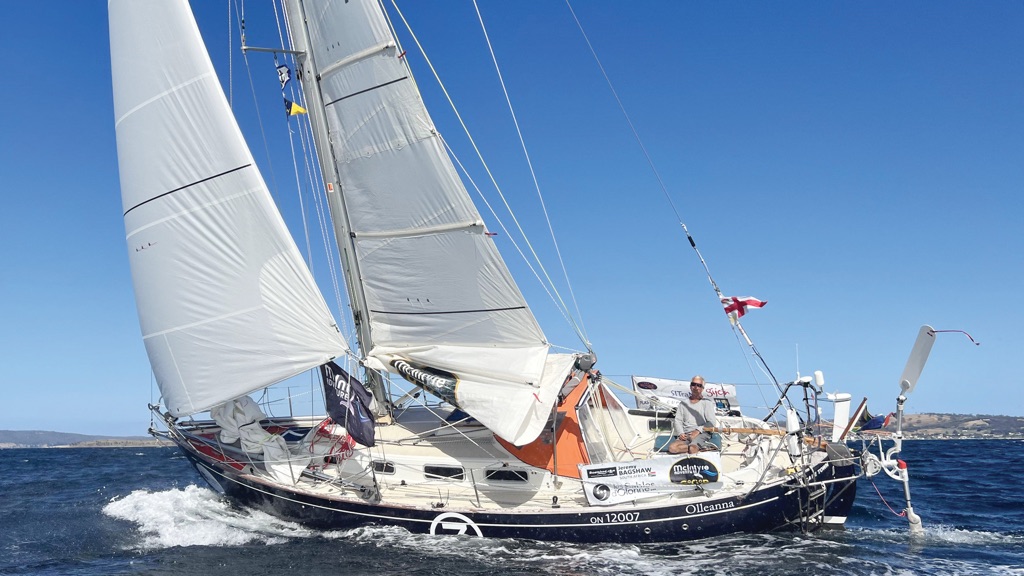
A SECOND PAIR OF HANDS
Without a doubt, the most crucial part of passage making, especially for a solo sailor, is self-steering; its invaluable. The correct system for your boat will steer 24 hours a day in all conditions, freeing the skipper up to get enough rest, keep well fed, keep a good lookout when necessary, attend to navigation, maintenance and a myriad of other tasks that need dressing daily on board.
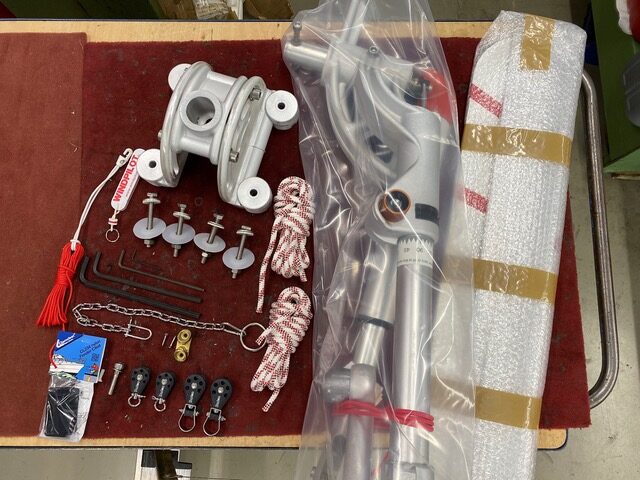 The Golden Globe Race rules permitted only the use of windvane self-steering systems in keeping with the ethos of the original 1968 race. There are several wwindvane self-steering manufacturers but competitors needed to submit reasons for selecting one that was not on the approved list. There were two elements to this process. Cynics might say the fact one manufacturer of an approved system was also a race sponsor had something to do with this, but the reality is that the 2018 race proved beyond doubt that some manufacturers produce more robust systems suited to the rigors of a non-stop circumnavigation than others. The failure of self-steering systems was the single biggest contributor to retirements in both 2018 and 2022 events.
The Golden Globe Race rules permitted only the use of windvane self-steering systems in keeping with the ethos of the original 1968 race. There are several wwindvane self-steering manufacturers but competitors needed to submit reasons for selecting one that was not on the approved list. There were two elements to this process. Cynics might say the fact one manufacturer of an approved system was also a race sponsor had something to do with this, but the reality is that the 2018 race proved beyond doubt that some manufacturers produce more robust systems suited to the rigors of a non-stop circumnavigation than others. The failure of self-steering systems was the single biggest contributor to retirements in both 2018 and 2022 events.
Windvane self-steering systems can be roughly divided into two categories; those units that steer the vessel using the vessels rudder by means of a servo-pendulum arm, and those that steer the vessel using an auxiliary rudder while the vessel´s rudder is fixed in position to compensate for lee or weather helm. Both systems have their pros and cons and some are more suited to certain transom types and boat characteristics than others, so choosing the best system for your boat is not always a simple matter.
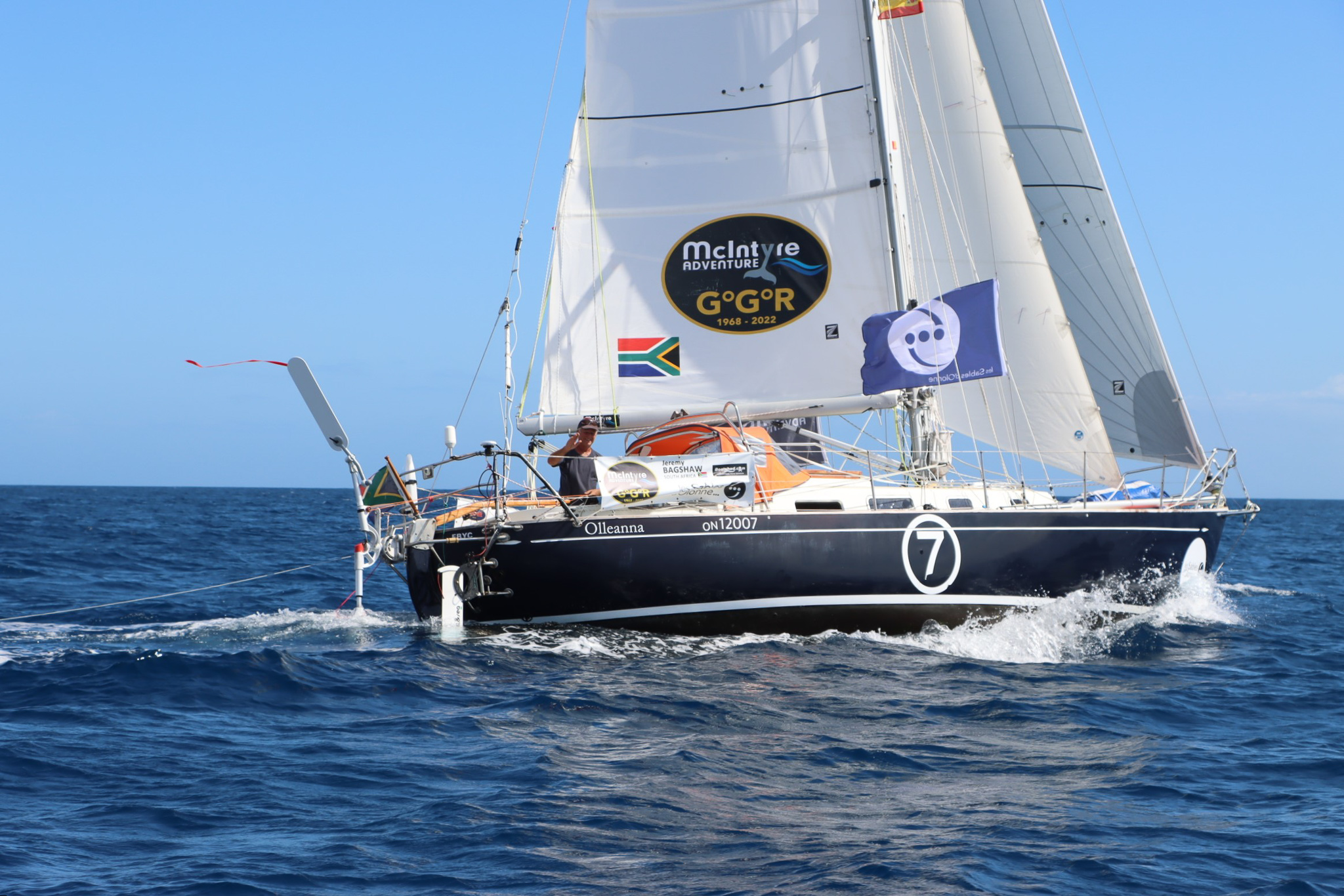 I selected a Windpilot Pacific unit for OLLEANNA for few reasons: its a relatively light system weighing in at 20 kg excluding the bracket I had manufactured to attach it; the entire unit is accessible from the deck and there is no need to climb over the transom to repair or service any part of the unit.
I selected a Windpilot Pacific unit for OLLEANNA for few reasons: its a relatively light system weighing in at 20 kg excluding the bracket I had manufactured to attach it; the entire unit is accessible from the deck and there is no need to climb over the transom to repair or service any part of the unit.
It’s a servo-pendulum system that uses the vessels rudder ( with a large surface area ) to steer the boat; it is an intrinsically simple but robust unit with few parts that could fail, it is a simple matter to replace or repair any part in the safety of the vessels cabin by removing the whole unit by releasing two bolts, in the event of a knockdown, the servo-pendulum arm does not come up against stops and potentially break, but rather can swing through a very large arc unhindered, it is incredible powerful, exerting some 200 kg force at the tiller enabling it to cope with enormous loads.
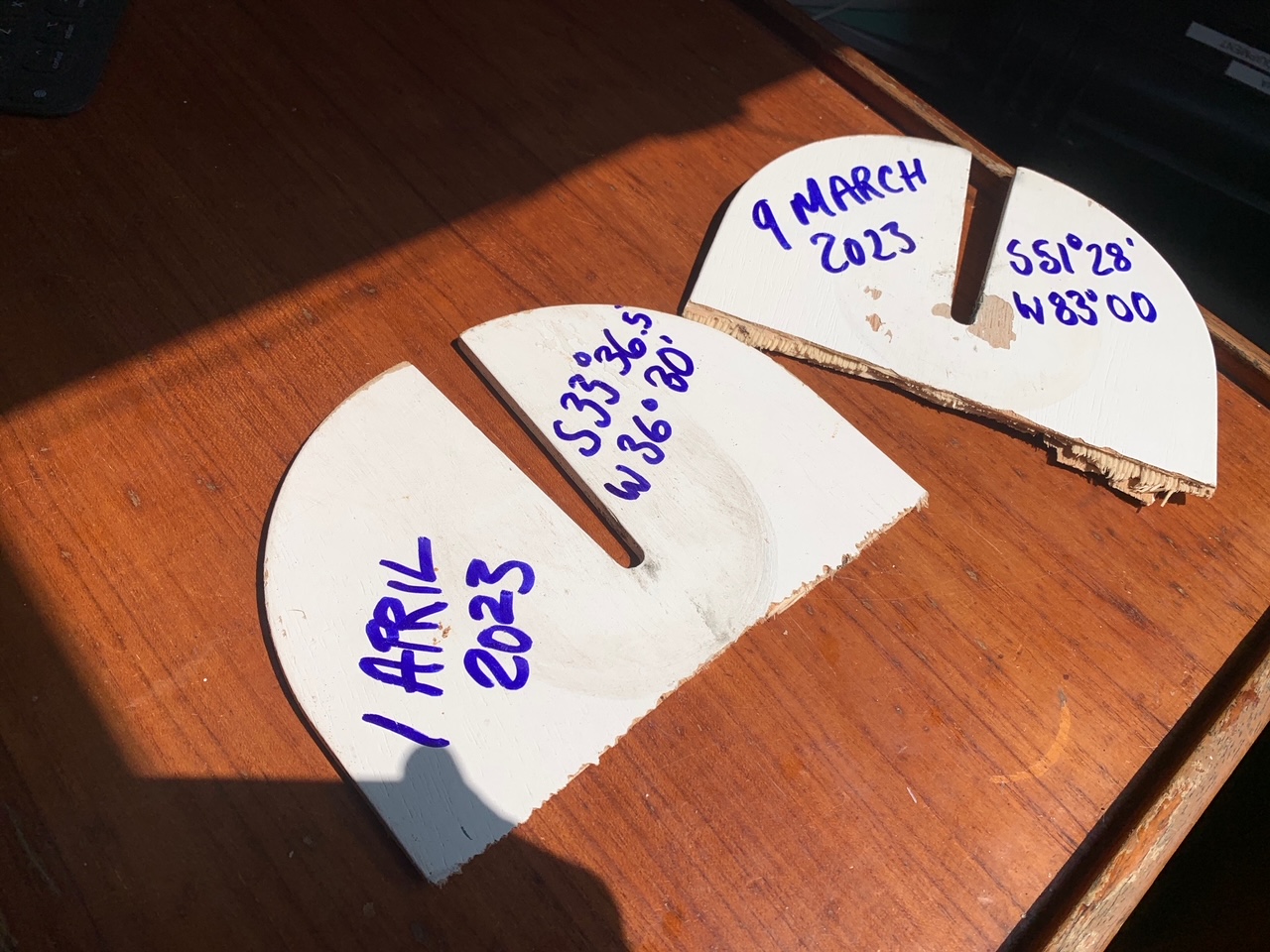 With the benefit of having sailed with the Windpilot for over 40.000 miles in 14 months, I can confidently say it was one of the best decisions I made. The unit steered perfectly in all conditions ( except for drifting conditions with big swell), even when I was forced to sail under bare poles for up to 48 hours at a time. The only damage I suffered was two broken wind vanes when extra large waves smashed over the stern and it was a two-minute job to replace the blades with spares.
With the benefit of having sailed with the Windpilot for over 40.000 miles in 14 months, I can confidently say it was one of the best decisions I made. The unit steered perfectly in all conditions ( except for drifting conditions with big swell), even when I was forced to sail under bare poles for up to 48 hours at a time. The only damage I suffered was two broken wind vanes when extra large waves smashed over the stern and it was a two-minute job to replace the blades with spares.
Jeremy Bagshaw

The full story published in 22.of dec 2023 in PBO February issue 2024





